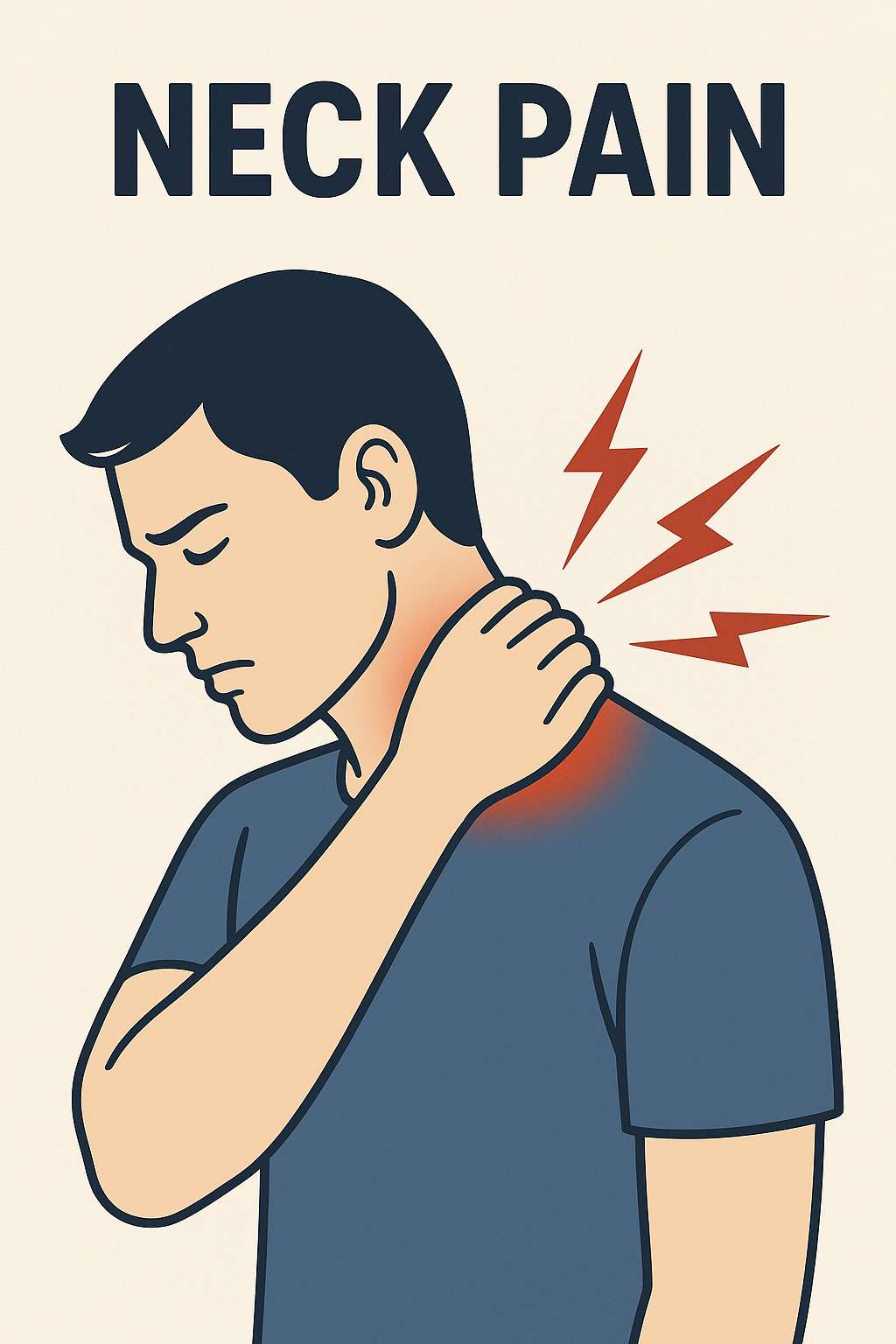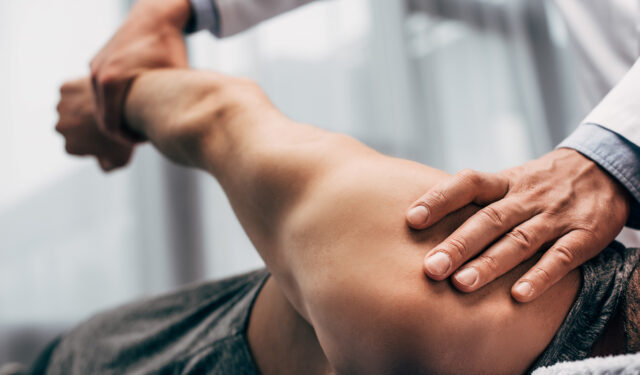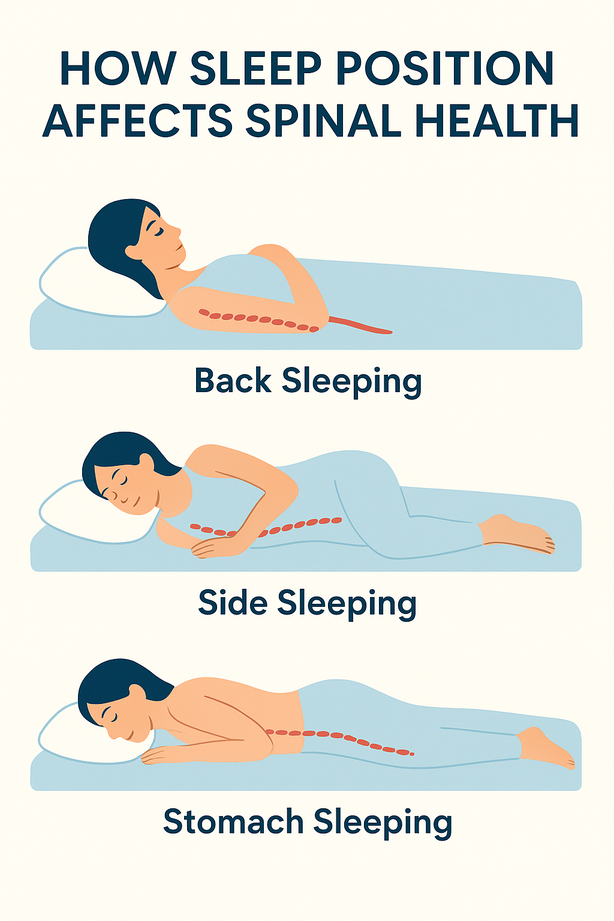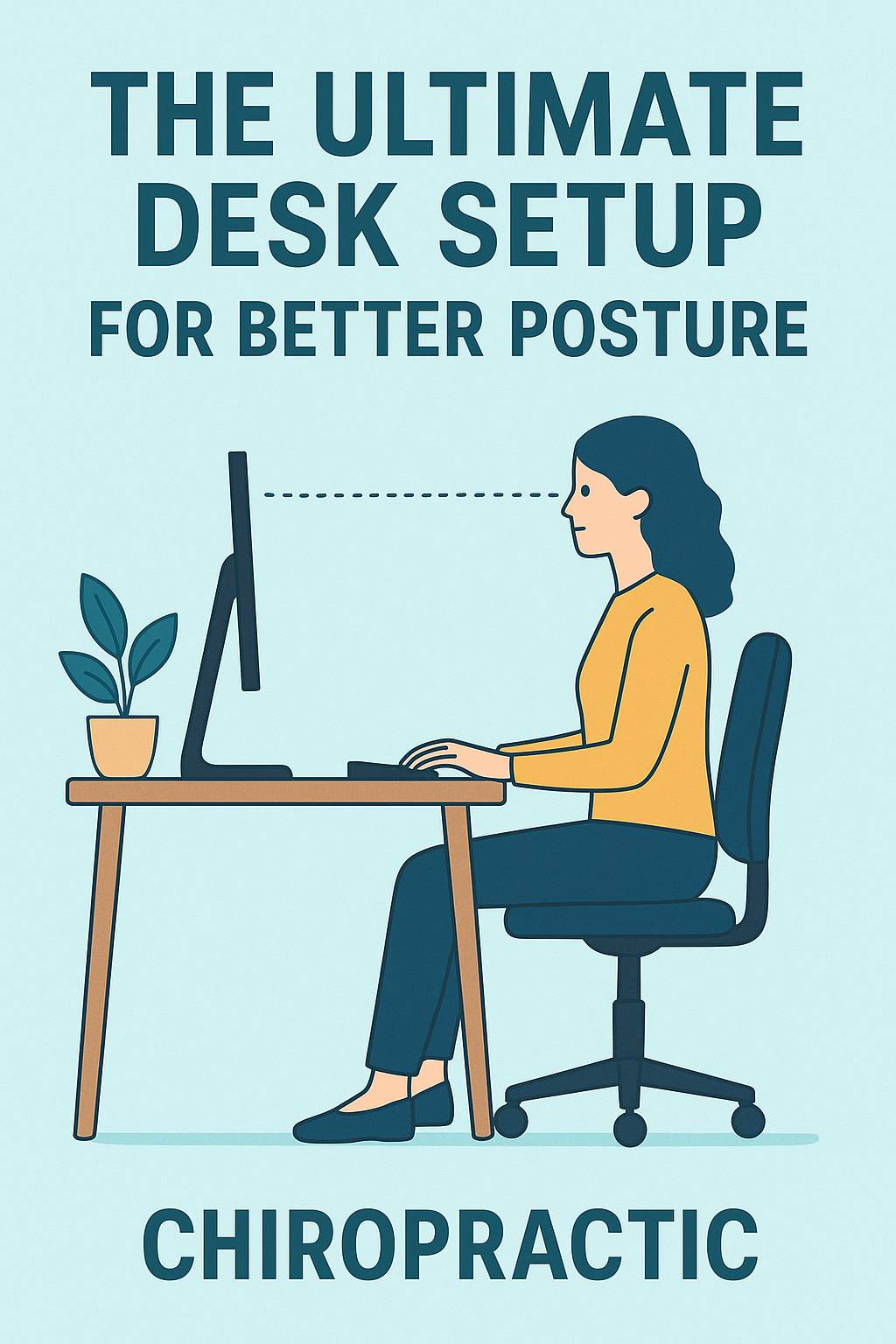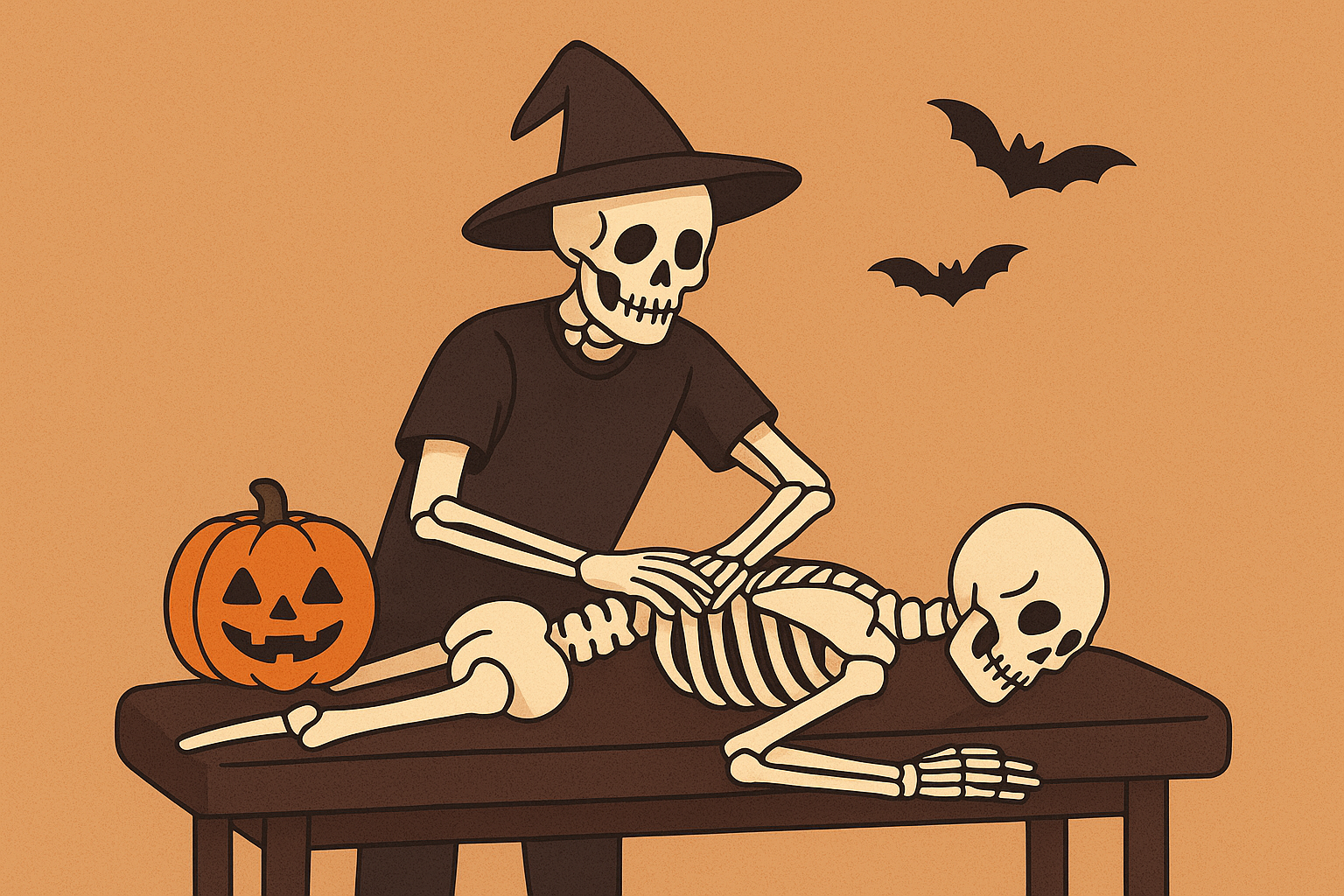What Happens When the Shoulder Dislocates?
The shoulder joint is where three bones meet:
The upper arm bone (humerus)
The shoulder blade (scapula)
The collarbone (clavicle)
The main joint affected during a dislocation is the glenohumeral joint, which is a ball-and-socket joint. The “ball” is the top of the humerus, and the “socket” is part of the scapula called the glenoid.
This joint gives the shoulder an amazing range of motion—more than any other joint in the body. However, that flexibility comes at a cost: the shoulder is less stable, which makes dislocations more likely.
What Are the Symptoms of a Shoulder Dislocation?
People with a dislocated shoulder often experience:
Severe shoulder pain
Limited movement of the arm, often held slightly away from the body with the forearm turned outward
A noticeable change in the shape of the shoulder, especially a loss of the normal roundness over the deltoid muscle (this is called a “step defect”)
Chiropractic Treatment for Shoulder Dislocations
Chiropractors are trained to help manage shoulder dislocations. In some cases, they can use gentle techniques to guide the shoulder back into place (a process called reduction). There are different methods for this, but each carries a risk—especially to the nerves and blood vessels in the arm.
That’s why it’s essential to act quickly and carefully. The sooner the shoulder is reduced, the better the outcome and the faster the recovery.
If you think you’ve dislocated your shoulder, seek medical help immediately. Proper care, followed by rehab exercises, will help restore strength, stability, and motion—reducing your risk of future dislocations.
